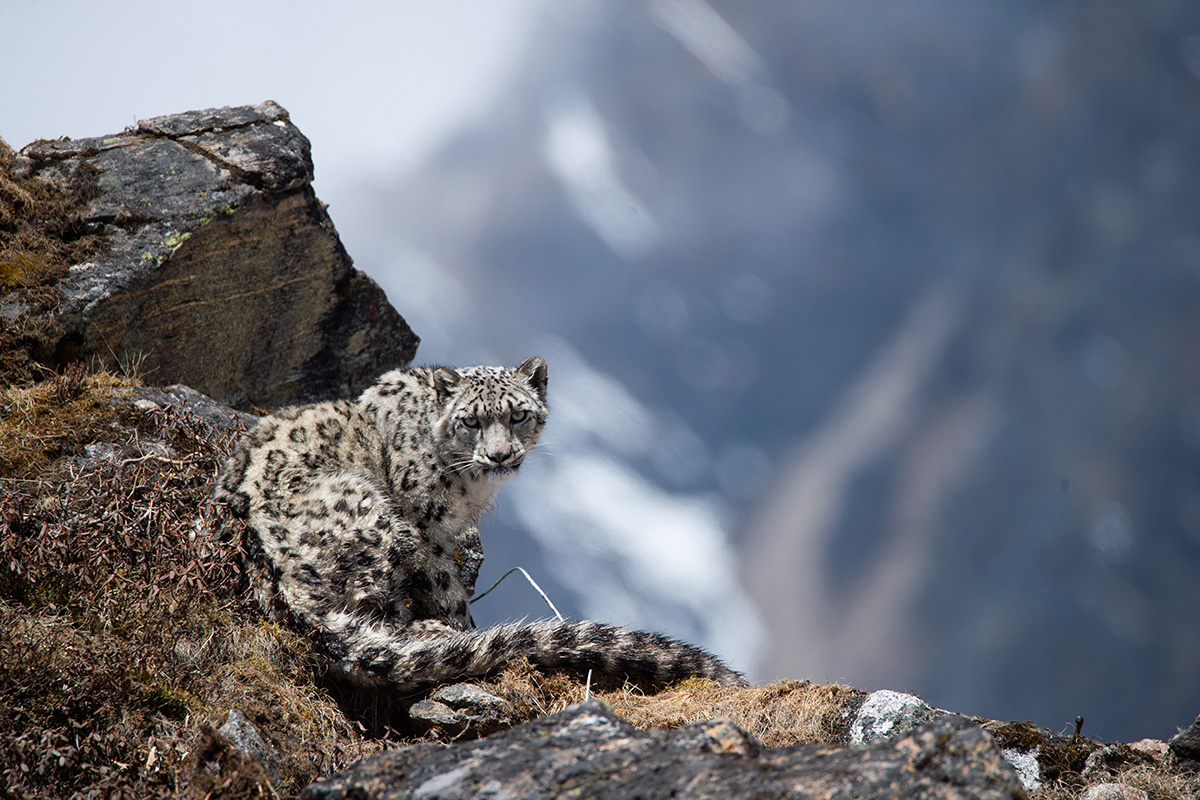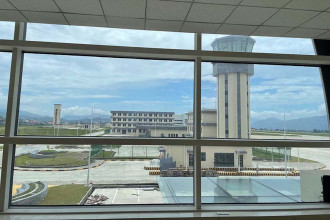
KATHMANDU: The 11th International Snow Leopard Day is being observed today to raise public awareness about safeguarding the snow leopard. Found in only 12 countries, the snow leopard is considered an indicator of a healthy mountainous ecology. This year's theme, 'Safeguarding Snow Leopard Habitats for Future Generations,' highlights the critical importance of protecting the natural habitats of snow leopards to ensure their survival and the health of mountain ecosystems.
The Ministry of Forests and Environment (MoFE) is marking the day with several programmes. The Department of National Parks and Wildlife Conservation (DNPWC) is releasing the snow leopard survey results of the Kanchenjunga Conservation Area. DNPWC Director General Ramchandra Kandel, announced that the snow leopard study report from the national park in Dolpa will be made public, and a photo frame of the wild yak taken inside Shey-Phoksundo National Park will be unveiled.
Kandel mentioned that climate change has significantly affected high mountainous regions, reducing the habitat of snow leopards. This habitat loss has led to a decrease in their food species. "Nearly 60% of the snow leopard habitat is outside the park and such habitats are being fragmented," he said, adding, "Additionally, there are challenges such as trapping snow leopards, poisoning their diet, geographical difficulties, lack of proper technology, insufficient human resources, and budget constraints for effective monitoring."
Kandel highlighted the need for cooperation and coordination among the three levels of government for the conservation of snow leopards. He stated that the DNPWC has been conducting surveys to raise awareness among the local community, monitor the snow leopards, and understand their condition, challenges, and solutions. "As a result, there has been a slight decrease in smuggling," he stated.
The DNPWC has been helping to build safe sheds to protect the locals' sheep, goats, and chickens from snow leopards. Snow leopards are typically found at altitudes ranging from 540 to 5,000 metres above sea level. The International Union for Conservation of Nature (IUCN) has listed snow leopards as a species at vulnerable on the Red List. There are estimated to be between 300 and 500 snow leopards in Nepal, and about 4,000 to 6,500 globally.






